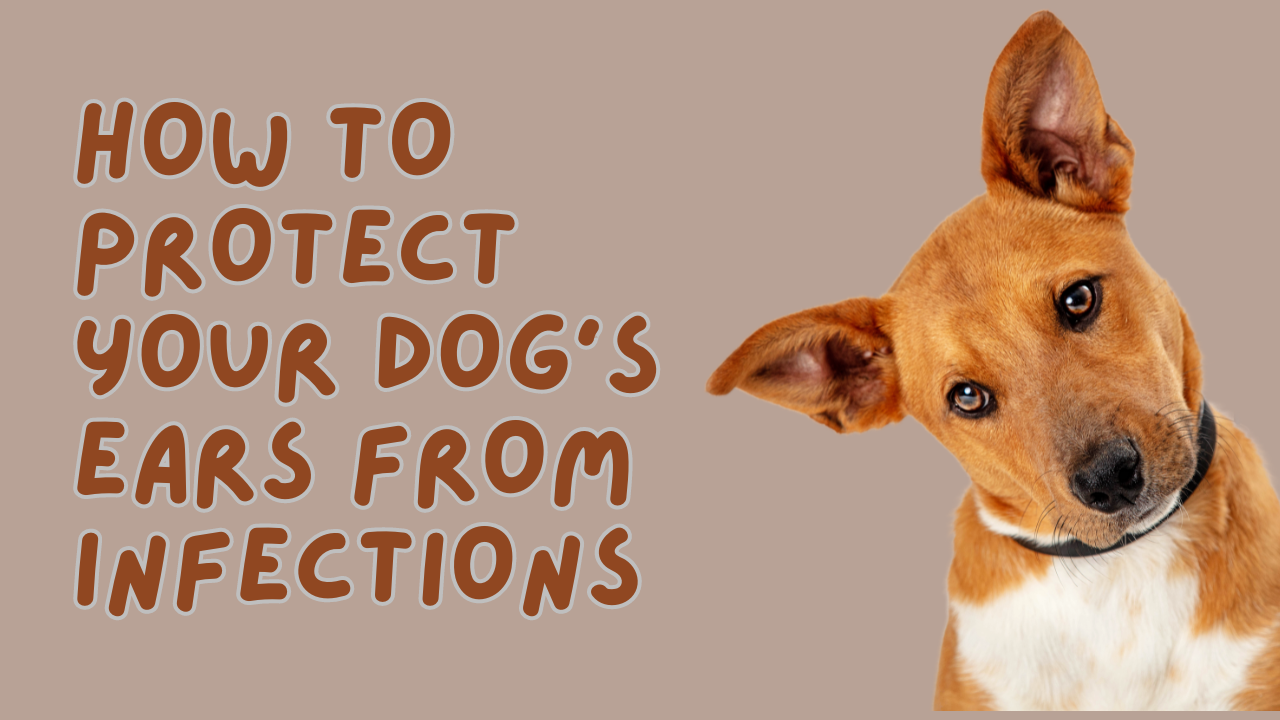Today, we’re diving into the world of doggy ear care—because, let’s face it, ear infections are no fun for anyone, especially our beloved pups. Whether you’re a seasoned dog owner or a newbie in the canine club, knowing how to protect your dog’s ears from infections is a must.
Why Ear Health Matters
First things first, why is ear health so crucial for dogs? Unlike humans, dogs have long, L-shaped ear canals that can easily trap dirt, moisture, and debris. This makes them more susceptible to ear infections, which can be painful and uncomfortable. Regular ear care can prevent infections and keep those adorable ears in tip-top shape.
Signs of an Ear Infection
Before we jump into prevention, let’s talk about the signs that might indicate your dog has an ear infection. Here are some common symptoms to watch out for:
- Excessive scratching or rubbing of the ears
- Head shaking or tilting
- Redness or swelling inside the ear canal
- Unpleasant odor coming from the ears
- Discharge (yellow, brown, or bloody)
- Sensitivity to touch around the ears
- Balance issues or walking in circles
If you notice any of these signs, it’s time for a vet visit. Early detection and treatment are key to preventing more serious issues.
Steps to Prevent Ear Infections
Now, let’s get into the nitty-gritty of preventing those pesky ear infections. Here’s a step-by-step guide to keep your dog’s ears clean and healthy:
1. Regular Cleaning
Routine ear cleaning is essential, but over-cleaning can be just as harmful as neglecting ear care. Aim for a gentle cleaning session once a week. Use a vet-recommended ear cleaner, and never stick anything into the ear canal. Simply apply the cleaner to a cotton ball and gently wipe the outer part of the ear.
2. Keep Ears Dry
Moisture is a breeding ground for bacteria and yeast, leading to infections. After baths or swimming, make sure to thoroughly dry your dog’s ears. You can use a soft towel or even a low-heat blow dryer, held at a distance, to ensure their ears are completely dry.
3. Regular Grooming
For breeds with long or floppy ears, regular grooming is crucial. Hair can trap moisture and debris, so keep the ear area trimmed and tidy. If you’re not comfortable doing it yourself, your groomer can help keep those ears looking neat and infection-free.
4. Check for Allergies
Allergies can contribute to ear infections, so it’s essential to identify and manage any allergies your dog may have. Common allergens include certain foods, pollen, and dust mites. If you suspect allergies, consult your vet for advice and potential allergy testing.
5. Diet and Supplements
A healthy diet plays a significant role in overall ear health. Ensure your dog is getting high-quality food with essential nutrients. Omega-3 fatty acids, found in fish oil supplements, can also promote healthy skin and reduce inflammation.
6. Regular Vet Check-ups
Routine vet visits are vital for maintaining your dog’s health, including their ears. Your vet can check for early signs of infection and provide professional cleaning if needed.
Breeds Prone to Ear Infections
Some breeds are more prone to ear infections due to their ear structure or genetics. These include:
- Cocker Spaniels
- Basset Hounds
- Poodles
- Labrador Retrievers
- Sharpeis
If you have one of these breeds, you’ll need to be extra vigilant with their ear care routine.
Conclusion
Proper ear care is an essential part of your dog’s overall health and well-being. By following these preventative measures, you can help protect your dog from painful ear infections and keep those ears healthy and happy. Remember, a little effort goes a long way in ensuring your furry friend’s comfort and health.
So, let’s make ear care a routine, just like belly rubs and treats. Your dog will thank you with endless tail wags and those adorable, perky ears!

